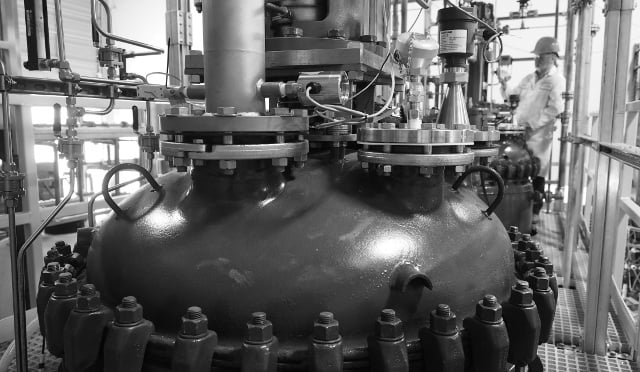Nano One TSX:NANO [OTC:NNOMF] said this week it had reached a definitive agreement to sell the vacant lot on its land in Candiac, Québec for C$5 million in gross proceeds. This will add non-dilutive funds to the company’s treasury without compromising its growth strategy, it told investors.
The deal will also leverage access to alternative sites with better utility infrastructure, improved constructability and room to expand well beyond 25,000 tpa of LFP (lithium iron phosphate) capacity.
The purchaser has provided a deposit of C$500,000 that is non-refundable except in the unlikely event that the deed of sale is not executed due to a fault or negligence of Nano One. The parties will work in good faith to close the transaction by September 12, 2024.
Launch pad for Nano One growth strategy
The LFP cathode manufacturing facility on the remaining property in Candiac remains the launch pad for the Nano One’s growth strategy and a clear path to first revenue and larger offtakes. Nano One acquired the 10-year-old facility in Q4 2022 and repurposed it to demonstrate its One-Pot process at commercially valid scale.
The waste handling systems were no longer needed and subsequently decommissioned, and Nano One completed the commissioning of new 200 tpa One-Pot reactors in Q4 2023. The pilot facility is now being used to facilitate demonstration, sampling and evaluation while also informing FEL (front end loading) design studies and the LFP CAM package with strategic partner Worley.
- Nano One secures raft of new patents in Asia Pacific
- Why Nano One’s ‘One-Pot’ LFP process could transform the battery materials sector
- Zefiro Methane expands into Oklahoma and seals first gas well
Plans to expand Candiac facility
Nano One said there are plans to further expand the capacity of the existing facility up to 2,000 tpa, as demand for LFP takes hold, leveraging existing full-scale equipment and the balance of plant with further automation.
Nano One’s FEL2 pre-feasibility study, originally outlined in October last year, modelled a 25,000 tpa LFP plant on the unused portion of its Candiac land, and in February an FEL3 feasibility study was launched with consideration being given to lower-cost alternative sites that would better accommodate growth, utility requirements and future market needs.
Nano One said that its FEL3 study is showing even lower capital costs and operating expenses than its earlier FEL2 study. This further enhances the One-Pot value proposition and supports the strategic alliance the company has in place with engineering firm Worley.
Spending has been deferred on lower priority aspects of the FEL3 study and will be resumed as market conditions allow.
Plans for LFP commercial plant
Furthermore, Nano One is approaching its 25,000 tpa LFP commercial plant as a development project opportunity that leverages its existing piloting and commercialisation facility in Candiac, together with target customer engagements and project finance initiatives. It will require product validation, customer offtake, feedstock supply agreements and the completion of an FEL3 feasibility study that is site specific.
The objective is for the project to be owned by a separate stand-alone operating company with its own capital structure and Nano One as a joint venture or minority equity partner.
Nano One is expecting to earn a license fee from the operating company for the use of its One-Pot technology in addition to a development fee for its efforts on the project which can be settled by an equity interest in the operating company, cash, or a combination thereof.
Nano One argued that this approach offers its partners and stakeholders significant value through licensing, technology, know-how, customer engagements and project finance solutions while minimizing equity dilution. The FEL3 study will also support the new “Design Once, Build Many” growth strategy to develop, market, license and deploy CAM packages globally in partnership with Worley.
Search is on for new plant site
With regards to site selection for the project, Nano One said it is in active dialogue with governments, their agencies and third-party strategic interests with regards to incentive programs and the evolving market needs in North America.
Key considerations include automotive OEM timing, government incentives in the form of grants and forgivable loans, municipal collaboration, low-cost land, access to sufficient utilities (power, water, natural gas), footprint for expansion to align with longer-term partner objectives and location preferences from collaborating stakeholders.
With the active support of provincial and municipal governments in Canada and its strategic partners, Nano One says it has identified and narrowed down potential site options in Québec and Ontario and is also exploring government incentive programs in North America and lower-cost jurisdictions where a focus also exists on attracting investment in the midstream.






















